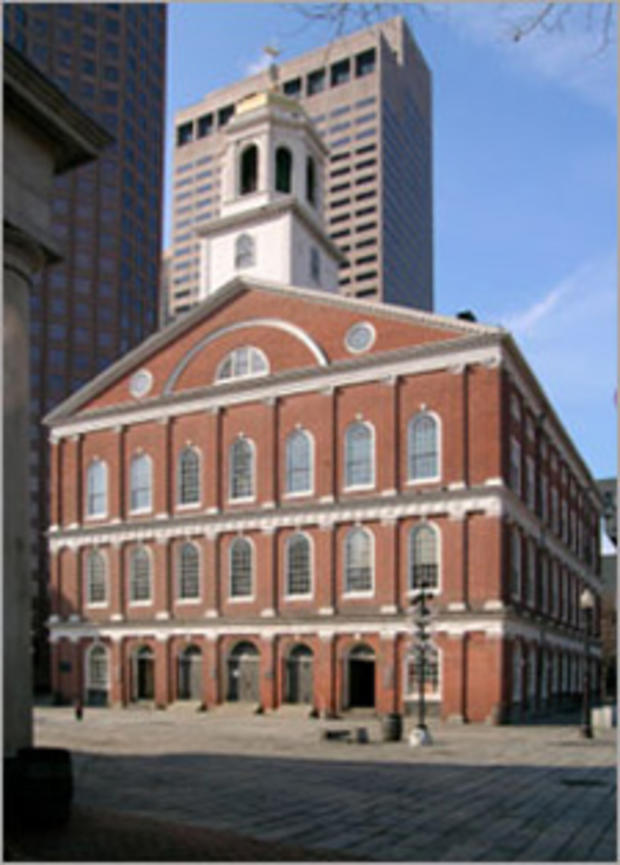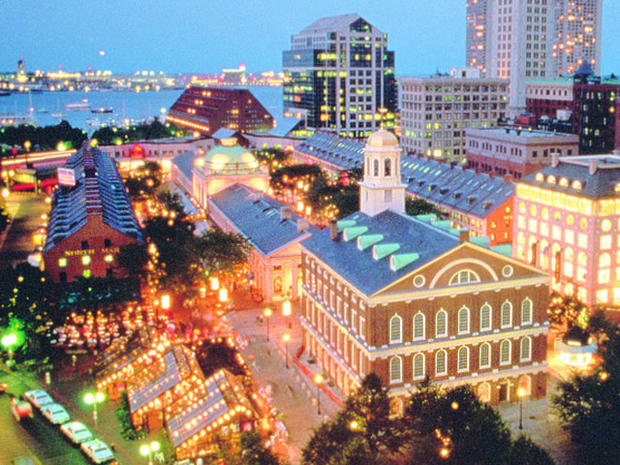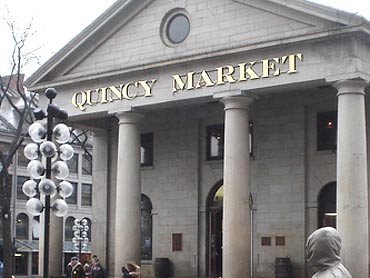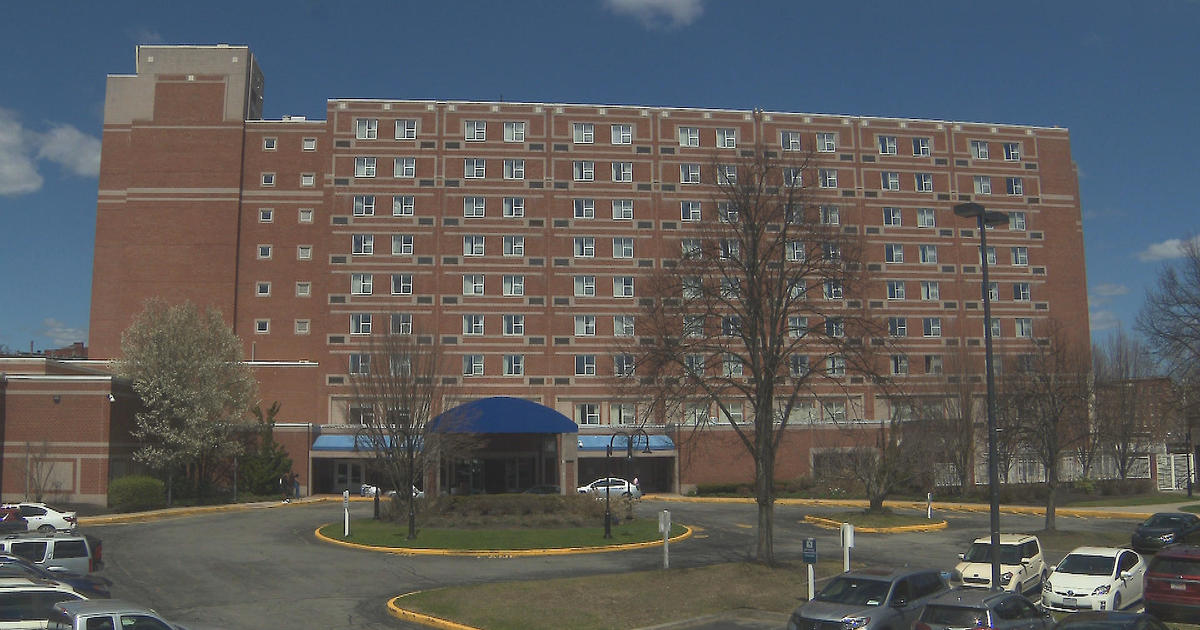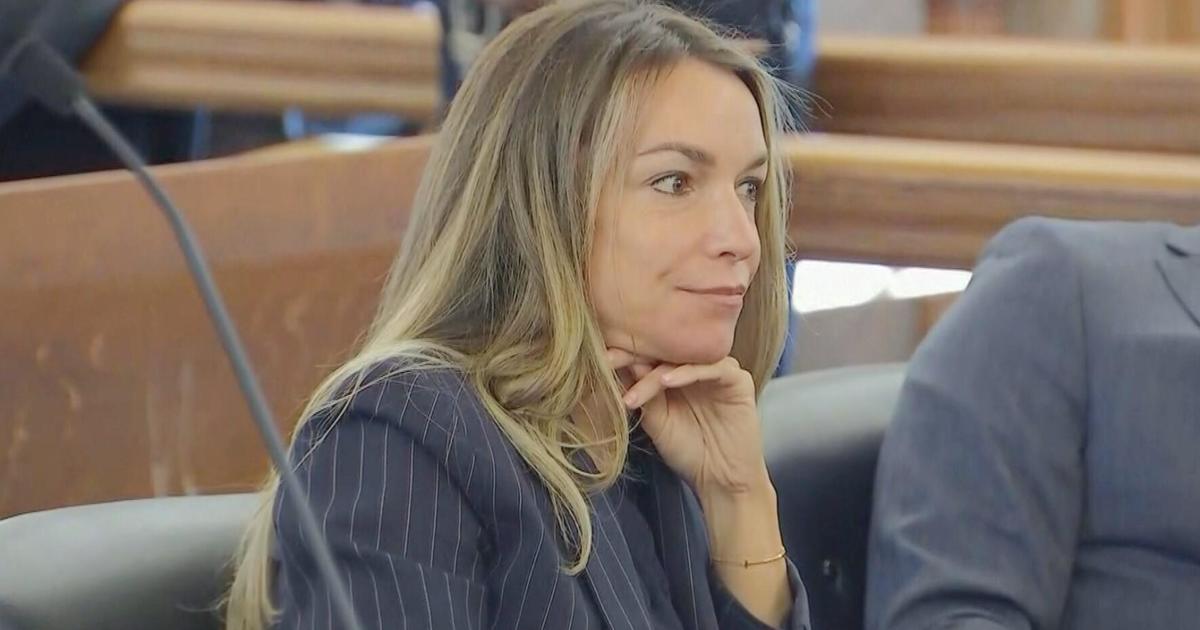5 Things You Didn't Know About Faneuil Hall
1. Lottery Proceeds
On January 18, 1761, a fire destroyed most of Faneuil Hall. It re-built with funds gained in part through a lottery authorized by the state. The building re-opened in March 14, 1763, with James Otis, Jr. delivering an address that dedicated the hall to the cause of liberty. That led to one of the building's nicknames as the Cradle of Liberty.
2. Grasshopper Food
You may know the "Golden Grasshopper" weathervane was stolen in 1974, but there is a lot more history to the grasshopper. The weathervane was damaged in the 1763 fire, and repaired by Thomas Drowne, a blacksmith whose father created the grasshopper. Drowne slipped a time capsule in the stomach of the newly-repaired grasshopper. It was engraved "Food for the Grasshopper." As the grasshopper has been periodically refurbished, historical newspapers, coins, and messages from mayors have been added over the years.
3. Raising The Bar
When it comes to wild nights of drinking, Faneuil Hall has built a bit of a reputation for itself. But don't think that reputation was born recently. Walk into just about any bar, you'll be able to order a Sam Adams. But walk out of the bars, you'll see the statue of brewer and patriot Samuel Adams. Adams and the Sons of Liberty planned the American Revolution over beers at the Green Dragon (next to Faneuil Hall). And where else would George Washington have toasted the nation on its first birthday? Faneuil Hall. There's a lot more history there - so much so, the Freedom Trail Foundation actually holds weekly historic pub crawls.
4. History All Over Again
With a growing number of merchants and shoppers in Boston, Faneuil Hall was expanded in 1826 to include Quincy Market. The market was very popular in the 1800's but by the mid 1900's, the buildings stood mostly empty. After a couple of decades, Bostonians sought to revitalize the area. The marketplace made history in 1976, as the renovation became the first urban renewal project of its kind. Similar urban marketplaces all over the world have cropped up since.
5. A Show For Construction Workers
Street performers are a guaranteed spectacle when going to Faneuil Hall, but that wasn't always the case. Street performers first began working at Faneuil Hall in the early 1970's to entertain the construction workers who were remodeling the area. Something stuck, and to this day Faneuil Hall is one of the premiere venues to view street performing.
Bobby Driscoll is a student at Franklin Pierce University. He is currently interning at CBS Boston for the Summer of 2013.
